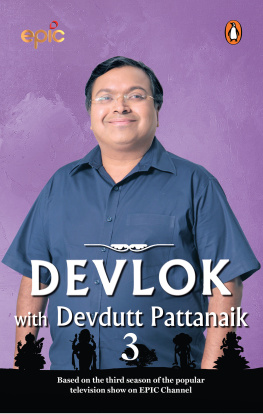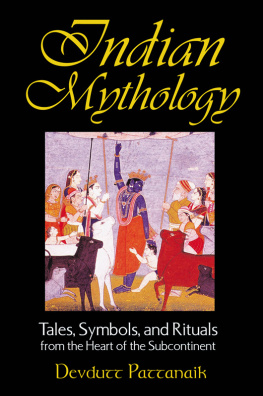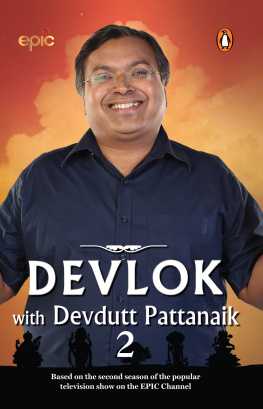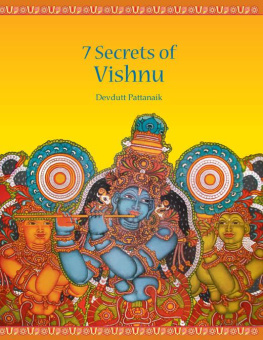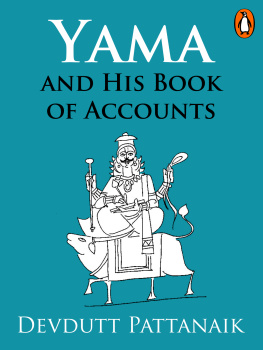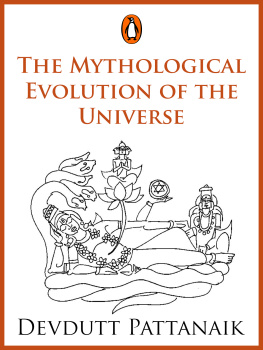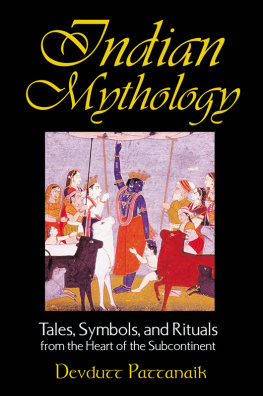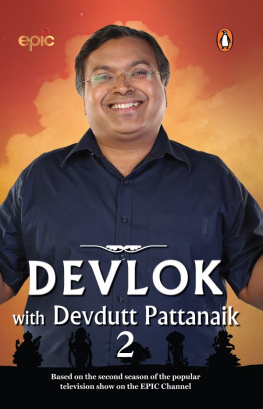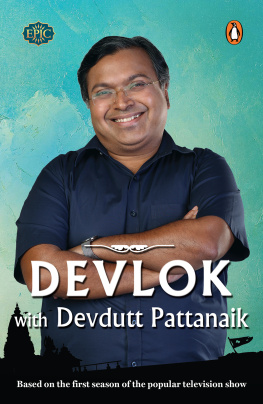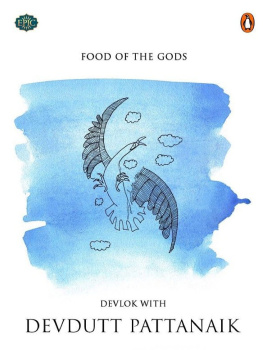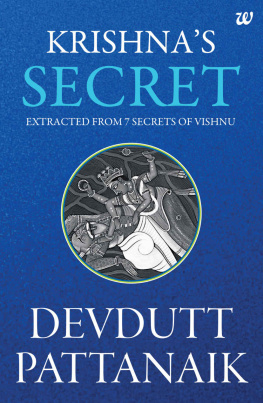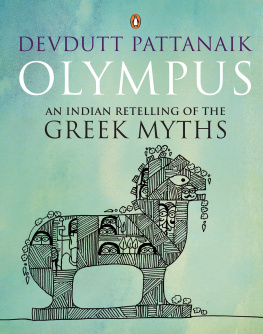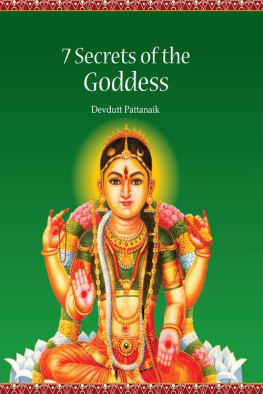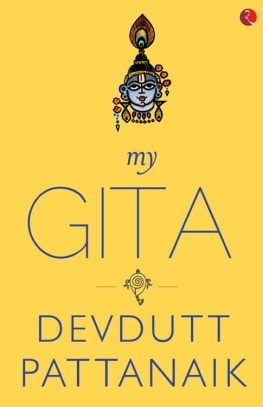1
Rites of Passage
India is all about sanskar (culture) and ritiriwaz (rituals and traditions). These are also known as rites of passage. What is the meaning of the word sanskar?
A simple meaning would be an experience of culture. It has been given a lot of importance in the Vedas. There is a concept in the Vedas called akriti (shape or form) which is of two kindsprakriti and sanskriti. Prakriti is what is natural or default upon which man adds his own shape. This is sanskriti. From here, sanskar arises. Prakriti has another word for it called sansar, i.e., the world that is formed by karmaaction and reaction. Man changes sansar by adding sanskar. Ka is added which, in the Vedas, is associated with god, with the human intellect. Man is one animal who asks questions from kawhy (kyun), when (kab) and where (kahan). Animals do not ask these questions. The shape that arises from these questions is called sanskar. Its a sophisticated idea that from sanskar, one experiences being human. An animal does not have any training. It has inborn or instinctive knowledge. A bird learns to feed and fly on its own. Man needs to learn to become human. Hence, sanskar or rites of passage. There are two ways of looking at sanskar. One is what I arrive with from an earlier birth, of the past. One is that of upbringing, which I experience in this life through the rituals in society.
In TV serials today, we often hear the word sanskari, particularly in reference to women. What does it mean?
The English translation of it would be cultured. If you go to someones house and find it neat and tidy and you are offered water, you feel that it is a sanskari house. If you are not offered water, you feel they do not have sanskar. Whether a child has brushed or bathed before eating and so on tells of his upbringing. Children are the report card of their parents. They show whether their parents have given them sanskar or not. Another indicator of this is how you behave with other people. Even an animal looks after himself. But how you treat others (mehman-nawazi) tells of your upbringing. How you treat your daughters-in-law, strangers, guests; how you look after your house; and how you behave when you have money and when you dont. Rama is sanskari even in the jungle. As the famous sentence goes, you can remove Rama from Ayodhya, but you cannot remove Ayodhya from Rama. This suggests that sanskar and discipline are embedded in Rama.
What is the connection between sanskar and dharma?
Dharma is a wider concept. A human beings dharma is humanity. How do you express it? Through rules, rites and sanskar. These are the mediums of showing your humanity. Today, dharma uses religious terms. She goes to the temple, so she is sanskari. Thats not quite correct. Religious does not mean sanskari.
In our culture, how many sanskars are there?
The list is variable. In the Purva Mimamsa, brushing of teeth and bathing are also sanskars. Sometimes its sixteen, sometimes forty-eight. The rites of passage are divided into four groupswedding, birth, growing up and death.
Tell us about wedding sanskars.
In India, its been called an experience. Today, a marriage has to be registered legally and is seen as a contract. This has come from Islam. Theres a give and take between individuals and it is seen as an institution of god. This is not in the shastras. There it is an anubhav, an experience. You are a human being and you have to experience grahasth life, which means you have to assume the duties and responsibilities of a householder. The original idea is that men and women are independent. The notion about women being dependent on men is a later addition from the Manusmriti. In the Vedic times, men and women were independent. Vivaah brought them together to experience living together and having a child. So some rituals are very important in a marriage ceremony. One is kanya-daan where a father gives away (daan) his daughter and the other, panigrahan, in which the boy accepts the hand of the girl. Today its simplified as a varmala ritual. Another ritual is saptapadi. You take seven steps together where you agree to share seasons, food, wealth and prosperity, children, knowledge and love. So vivaah is the meeting of two individuals. In India, it is also the meeting of families and communities. The environment of the house changes after a wedding. Mostly, a girl enters a new home. Sometimes, boys go too. Arjuna marries Chitrangada but she never goes to his house. Rather, he goes to her house.
Was the kanya-daan concept always there?
In a swayamvara or gandharva vivaah, there was no kanya-daan. It was present in arranged marriages, and when patriarchy became prominent, a woman was considered an object that belonged to the father to give away. Many girls today dont like this concept. The important aspect of sanskar is that your experience is socially approved. You declare socially. Otherwise, a man and woman can simply live together. Sanskar is always public. When a girl enters a household, many changes occur because she brings her values. Her cooking style and home-management style will be different. In earlier times, she would bring seeds as she travelled from one village to another, bringing new vegetation into her new home. She is said to be Lakshmi. In a manner, she is also Saraswati as she brings new knowledge and new thoughts. If you go into the details, youll find that vivaah does not connote physical relations. Vivaah is social. Theres another ritual, garbharansanskar, where there is a physical relationship. In earlier times, there used to be child marriages, so the boy and girl would live with their parents. When they became physically mature, called gaunasanskar in some parts of India, there were rituals to prepare the boy and girl for physical relations. One was to see Arundhatitara. The boy and girl would never have touched each other. The ritual is there for the boy to touch the girl in a manner that she is comfortable with. He is trained. He asks her whether she has seen the Arundhati star. She may say yes or no. She is asked to show it to the boy. She points to the sky and the boy leads her arm towards the right star. That is their first physical contact. Why Arundhati? She is Rishi Vasishthas wife and associated with fidelity.

